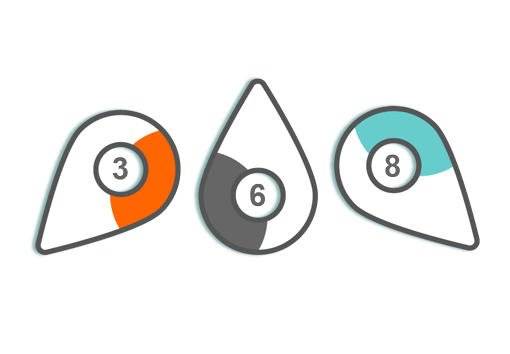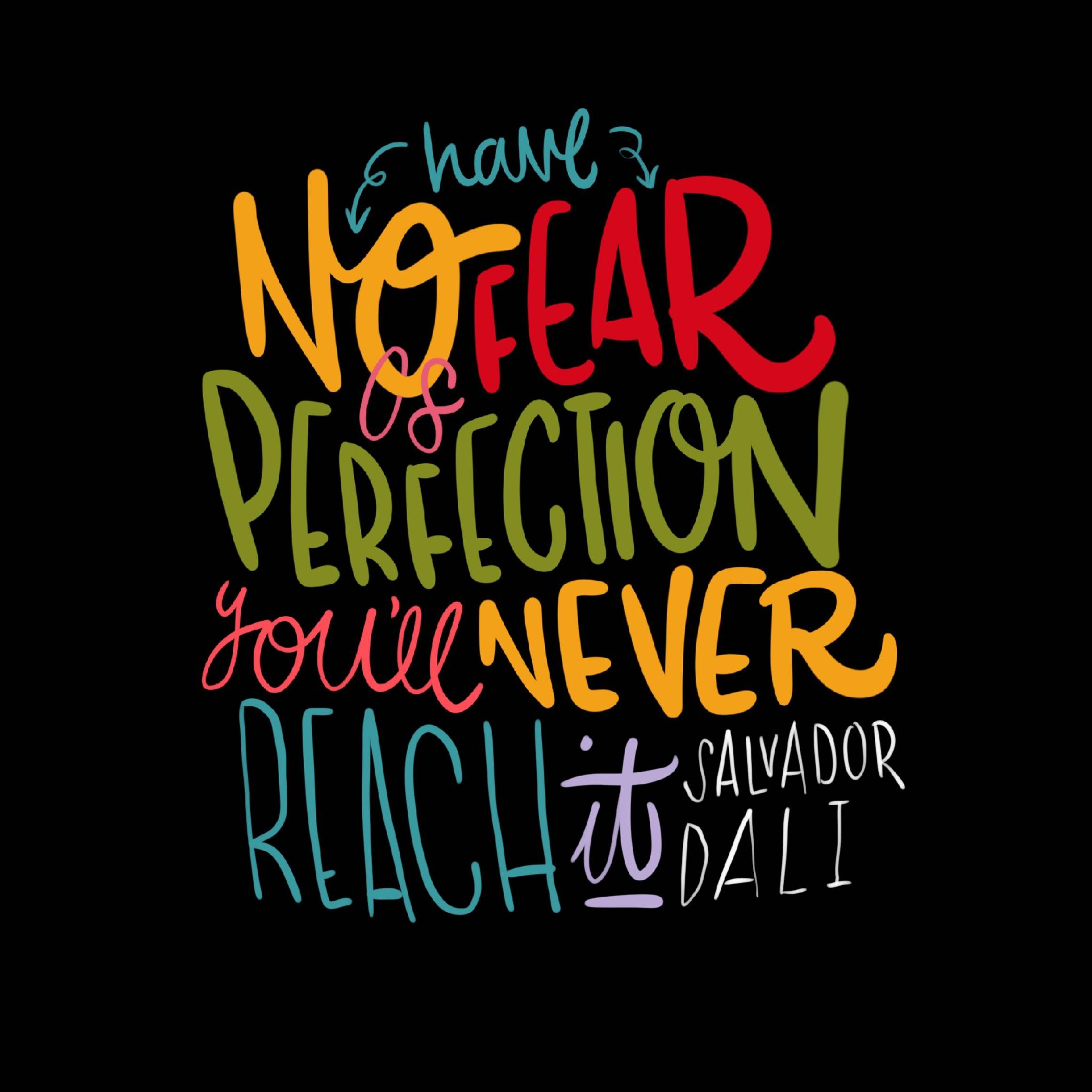Test It – Ideas Into Action – Prototype
Have you ever tried and failed and learnt and tried again? I am sure you remember learning to ride a bike or write your name. That took a few attempts, right? Nothing wrong with that, the exact opposite. Innovators need to learn to fail and not give up. First time right is a nonsense!

How do you move from an idea to a prototype?
As an innovator, you will need to persuade others about the validity and feasibility of your idea. Sometimes words will not be enough. You will have to show your clients, customers or business partners what you have in mind. Instead of worrying of getting everything right the first time, we can test a few quick prototypes to test our idea.

Hm, I can sense that this is taking you out of your comfort zone and you want to have a bit of a play before we start prototyping. Ok, here is a little game that will get your brain working. Just enjoy it and have a go. Try to create solutions that are creative and out of the box!
Diversion
For this, you are given the what, who and why of a design concept, and three constraints to abide by.
Question
BUT…
don’t what
don’t who
don’t why
Have you enjoyed that? Feel free to keep playing. Share with us, what has been the most challenging about this game? Share on our innovation board Question 12!

Let’s do it. Let’s prototype. Remember to always go back to the original question as well. We are now about to prototype an idea that should address this question, fit well to the context of our campus and address the needs of the students. Remember – Place + People = INNOVATION
How might we create an inclusive Campus environment for students of diverse backgrounds and abilities to enjoy outdoor activities together in a safe and fun way?
Activity: Rapid prototyping
Gather things that you have available to you – some of you will like to sketch with pen and paper, some will want to build the prototype from objects on your desk or in your home, and some will want to use Lego or material from outside. Your choice. Remember, prototypes should not look perfect, they are just here to test our ideas and make them tangible.
Task: Go back to your ideas from Section 4. Pick an Idea that will meet students’ needs and will engage them in what you have designed to address the problem.
Easy to make – Sketch or build the version of your idea that would be easiest to make, and that would require the least effort and time and money to build. How will people interact with the idea? Imagine students engaging with your idea? Only spend 3 minutes, no more! Time yourself.
Take a photo and share your prototype and description to our Innovation board section 13.
Most delightful – Sketch or build the version of your idea that would make people feel good, that would appeal to their emotions and that may be fun or humorous. How would Jack and Lynn feel interacting with your idea? Only spend 3 minutes, no more! Time yourself.
Take a photo and share your prototype and description to our Innovation board section 14.

Well done! You have now made your idea tangible, it is real! Prototypes can save millions. Before launching any product or service, we ought to try and see how it would work with real customers. It helps us fail fast. Prototypes can be presented in many different ways.
I think you are ready for another movie today. You will enjoy it, we promise. Let’s watch a short sketch from a movie about the origins of McDonalds, founding brothers Ray and Mac explain how they perfected the fast food kitchen through a series of low-fidelity service prototyping.

Key learnings:
Products can be prototyped relatively easily. But services have many elements, which makes them harder to roughly sketch up. To ensure simplicity and speed, no props are used, only drawings and imagination. Focus is on acting out the process and interaction between process steps.
Skills gained throughout this section:
Skill flower: [3]. Valuing ideas [6].Motivation and perseverance [8]. Learning through experience.

